Hangzhou’s Contingent Coordination: When Improvisation Becomes Strategy
How a City Without Advantages Built China’s Most Instructive Tech Experiment.
September 2025 offered two data points about Hangzhou’s role in Chinese tech, both revealing if you knew where to look.
On September 24, under overcast skies threatening rain, Eddie Wu, Alibaba’s CEO, stood before thousands at the annual Apsara Conference in the city’s west. The announcement was characteristically bold: the company would exceed its already staggering $53 billion AI infrastructure commitment. Qwen3-Max, a trillion-parameter AI model, would position Alibaba as the “Android of the AI era.” The market responded predictably–shares touched four-year highs. For Chinese tech observers, it was a defining moment; for Western media, it barely registered beyond brief mentions in earnings coverage.
Five days later, in a modest office building on Huancheng North Road–about 45 minutes’ drive from the conference venue–another Hangzhou company made a quieter move. DeepSeek, the AI lab that had shocked the industry months earlier with its low-cost language models, announced a 50 percent price cut. Buried in the technical release notes was something more consequential: the adoption of TileLang, a Python-like programming languagedesigned to simplify coding for non-Nvidia AI accelerators. Within hours, Huawei’s Ascend division, Cambricon Technologies, and Hygon Information Technology all announced support. The coordination was striking–and went almost entirely unnoticed in Western coverage focused solely on the price war angle.
For Premium subscribers: I analyzed the deeper strategic implications of DeepSeek’s TileLang adoption in a separate FlashPoint column, where I explain why this seemingly technical choice represents phase two of building a China-controlled AI stack–and why coordination isn’t conquest when Nvidia’s CUDA moat remains this deep.
Viewed in isolation, each announcement followed a predictable script. Alibaba’s pivot toward AI infrastructure had been telegraphed for months as its core e-commerce business struggled. DeepSeek’s programming language was explicitly experimental; the company itself hedged by maintaining CUDA-compatible versions. But the five-day sequence illuminated something less obvious about how Chinese tech ecosystems actually coordinate–not through grand unveilings that Western media amplifies, but through layered moves that accumulate strategic significance across different scales and timeframes.
How did a city that wasn’t Beijing’s political center, wasn’t Shenzhen’s manufacturing hub, and wasn’t Shanghai’s financial capital become the stage for this two-level coordination? The question matters because Hangzhou’s coherence is contingent in a specific sense: it depends on the continued alignment of forces that have no intrinsic reason to stay aligned–Alibaba’s capital, government’s restraint, talent networks’ openness, and patient investors’ appetite. Remove any one pillar, and the structure doesn’t just weaken; it fundamentally changes character. This makes Hangzhou less a success story to celebrate than a live experiment in what happens when coordination emerges from improvisation rather than design.
Built on Accidents, Not Advantages
Hangzhou’s emergence as a tech hub defies the usual logic of Chinese urban development. In the late 1980s, when the reform era was gathering momentum, Hangzhou languished as a scenic but economically stagnant provincial capital. “Beautiful West Lake, broken city,” went a saying attributed (perhaps apocryphally) to Richard Nixon after his 1972 visit. The urban core remained confined within the walls of a Song dynasty “waist-drum city,” one of China’s smallest provincial capitals by area. Industrial giants like Hangzhou Oxygen and Hangzhou Boiler struggled to modernize. The city lacked the structural advantages that defined China’s other major tech centers.
What it did have, starting in 1988, was a series of improbable entrepreneurial sparks. Lu Guanqiu bought out the Xiaoshan Universal Joint Factory for 15 million yuan, pioneering shareholding reforms in township enterprises. Zong Qinghou launched Wahaha with a children’s nutrition drink. Jack Ma, fresh out of university, started moonlighting as a tour guide while teaching at a local college, eventually founding a translation agency. These weren’t coordinated efforts–they were individual bets made possible by a policy environment that, if not actively encouraging, at least wasn’t actively suppressing private commercial activity.

The first inflection point came in the early 2000s with Alibaba’s unlikely survival and growth. Founded in 1999 in a small apartment, the e-commerce platform might have relocated to Shanghai or Beijing as it scaled. That it stayed in Hangzhou owed as much to inertia and Ma’s personal preference as to any deliberate government strategy. Yet Alibaba’s presence began reshaping the city. By the time Zhejiang Province launched its “maximum one visit” administrative reform in 2016–cutting red tape and digitizing government services–Hangzhou had already cultivated a reputation as a place where tech companies faced less bureaucratic friction than in the capital.
The second inflection came in the 2010s with the proliferation of “characteristic towns”–Yunqi (Cloud Town), Dreamtown–and the 2023 establishment of three specialized government funds totaling 300 billion yuan across different investment stages. By September 2025, when Alibaba and DeepSeek made their respective moves, Hangzhou had accumulated the ingredients of a tech ecosystem. Whether those ingredients would combine into something durable, or simply disperse when conditions changed, remained an open question.
Alibaba’s Shadow
Alibaba’s dominance in Hangzhou is both the ecosystem’s greatest asset and its most fundamental vulnerability. The company commands roughly 40 percent of China’s cloud services market. Its T-Head semiconductor unit designs chips for AI inference. The open-source Qwen model family has been downloaded 600 million times across major platforms. When Alibaba announces a $53 billion infrastructure bet, it’s not making a prediction about the future–it’s attempting to build one.
Yet the September announcement came amid troubling financial signals. The company swung to a $2.6 billion free cash flow outflow in a recent quarter as capital expenditures tripled. The core e-commerce business that funds this AI ambition faces relentless competition from Pinduoduo and Douyin. Bloomberg Intelligence analysts termed the spending “reckless.” Even bullish observers acknowledged the bet’s binary nature: either Alibaba becomes the infrastructural backbone of China’s AI economy, capturing monopoly-like rents, or it incinerates shareholder capital on an industrial scale while competitors–particularly Huawei, Bytedance–capture the value it creates.
This binary outcome isn’t theoretical–it’s playing out in real time. In my detailed analysis “Alibaba’s $53B AI Gambit” (Premium subscribers only), I break down the four critical signals investors must watch to determine whether this becomes a monopoly or a money incinerator, and why the most likely endgame is a state-sanctioned duopoly with Huawei that would fundamentally reshape China’s tech landscape.
The spillover effects into Hangzhou’s broader ecosystem follow a similar pattern. Alibaba alumni have founded companies across the city–Lingban Technology, Mindverse, countless others. The “Alibaba mafia” provides talent, initial capital, and customer relationships. But this creates dependencies. Smaller companies struggle to recruitbecause Alibaba’s compensation remains competitive. Strategic shifts at the parent company ripple through the entire ecosystem. When Alibaba restructured in 2023, breaking itself into six units, dozens of ecosystem companies found their partnership agreements suddenly ambiguous.
The fundamental challenge is replicability. Other Chinese cities look at Hangzhou and see a blueprint, but what they’re actually seeing is one company’s extended shadow. Hefei has iFlytek; Wuhan has its “Optics Valley”; Chengdu has gaming clusters. None approach Hangzhou’s coherence because none have an Alibaba. The question isn’t whether Alibaba’s strategy will succeed–that remains genuinely uncertain–but whether Hangzhou’s ecosystem has developed enough autonomous resilience to withstand Alibaba’s potential failure.
DeepSeek’s Standard-Setting Play
If Alibaba represents Hangzhou’s capacity for massive, long-term bets requiring sustained capital commitment, DeepSeek exemplifies something the ecosystem needs just as urgently: the ability of small, technically sophisticated teams to set industry standards without commanding vast resources.
Founded in 2023 by Liang Wenfeng, a Zhejiang University graduate who made his fortune in quantitative hedge funds, DeepSeek works from the same Huancheng North Road address introduced earlier–not in a designated tech park or government-sponsored innovation zone. The company’s R1 model, released months before September, had demonstrated that frontier AI capabilities could be achieved at a fraction of Western costs. The claim drew skepticism, but also forced serious attention from both domestic chip makers and international observers.
The September 29 move–adopting TileLang–revealed a different kind of influence. TileLang, developed by a Peking University team, promises to achieve 95 percent of CUDA’s performance with just 10 percent of the code complexity. By embracing it, DeepSeek wasn’t just cutting its own engineering costs; it was signaling to China’s fragmented AI accelerator industry where to focus optimization efforts. The same-day support announcements from Huawei, Cambricon, and Hygon weren’t coincidental. They represented an attempt to build what one Chinese brokerage termed “a great closed loop for domestic AI”–a software-hardware stack that could operate independently of Nvidia’s CUDA ecosystem.
Yet the strategy remains profoundly experimental. DeepSeek explicitly labeled its TileLang-based model “experimental,” with some users reporting performance regressions. The company continues providing CUDA versions–a pragmatic hedge acknowledging that Nvidia’s platform remains the global standard. TileLang’s developer community remains small, adoption uncertain. The commercial viability remains unproven–a characteristic it shares with much of Hangzhou’s ecosystem.
Why did DeepSeek stay in Hangzhou rather than relocating to Beijing, where most major Chinese AI labs cluster? The answer appears to be less about policy incentives than talent access and cultural fit. Zhejiang University provides a steady stream of AI graduates. Alibaba’s diaspora supplies experienced engineers. The city’s relatively relaxed pace–compared to Beijing’s intense competition and Shanghai’s formal hierarchies–suits a company that prizes technical autonomy. Yet this also means Hangzhou’s pull is contingent, not structural. If conditions elsewhere improve, what’s to stop the next DeepSeek from emerging in Shenzhen or Chengdu?
Government as Gardener: When Light Touch Still Has Limits
Hangzhou’s government role defies easy categorization–and has evolved considerably since Alibaba’s early days. What began as benign neglect in the 1990s has morphed into something more deliberate, though still distinct from Beijing’s directive planning or Shenzhen’s manufacturing coordination.
The three 100-billion-yuan mother funds, established in 2023, illustrate this approach. Hangzhou Science and Innovation Fund targets early-stage ventures (angel and VC). Hangzhou Innovation Fund focuses on growth-stage private equity. Hangzhou M&A Fund handles mature-stage deals and acquisitions. The stated strategy is a 1:5 leverage ratio–every yuan of government capital should attract five yuan from private investors.
In practice, this played out in specific ways. When Unitree Robotics faced a cash crunch in 2018, unable to pay salaries or fulfill orders, a government fund completed due diligence in three days and disbursed 20 million yuan within seven. “The speed and scale would be unimaginable in other cities,”founder Wang Xingxing said. When companies complained about being overwhelmed by visiting delegations after the “Six Dragons” went viral–six Hangzhou tech startups spanning AI (DeepSeek, Manycore Tech), gaming (Game Science’s Black Myth: Wukong), robotics (Unitree, DEEPRobotics), and brain-computer interfaces (BrainCo)–various government offices coordinated to set up dedicated exhibition centers, handling visitors so companies could focus on R&D.
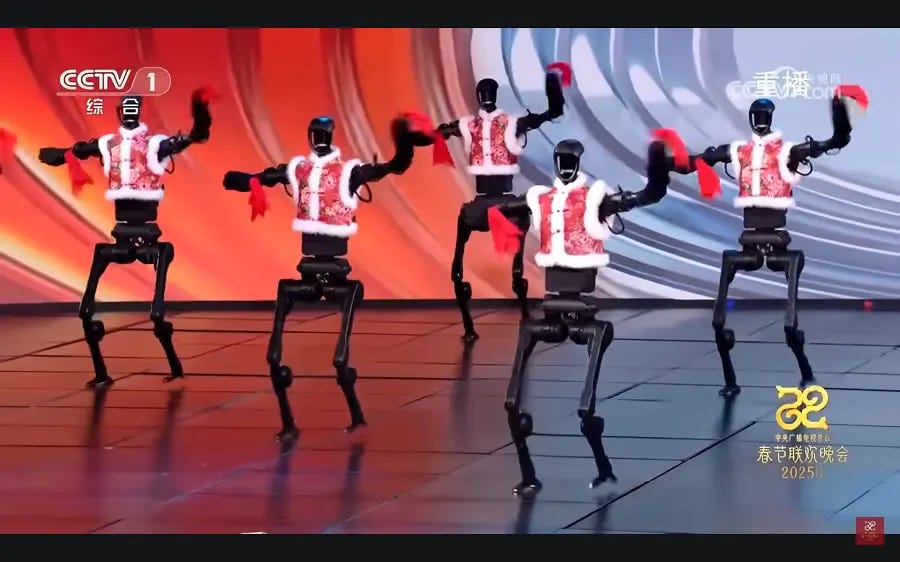
Yet this “facilitator” role has clear limitations and occasionally crosses into unwanted interference. Multiple entrepreneurs, speaking on condition of anonymity, described exhausting cycles of government-organized award competitions, innovation showcases, and reporting requirements that consumed management time without adding value. When officials rotate between posts every few years, continuity suffers. Policy priorities shift with personnel changes.
Hangzhou’s approach occupies a middle ground between more interventionist models and laissez-faire approaches–a balance that works when maintained but requires constant recalibration.Former Zhejiang Science and Technology Department head Zhou Guohui captured this tension well: government should be “a gardener, not scissors”–creating conditions for growth rather than pruning enterprises into predetermined shapes. But that balance is contingent, dependent on individual officials’ judgment and restraint. There’s no institutional guarantee it will persist.
The Network Effect: When Coordination Looks Like Chaos
Beneath the narrative of Hangzhou’s “ecosystem” lies a more complicated reality: overlapping networks that sometimes reinforce each other, sometimes compete, and occasionally fracture along unexpected lines.
The Zhejiang University network forms one organizing principle. DeepSeek’s Liang Wenfeng graduated from ZJU, as did founders from several other prominent Hangzhou tech companies. The university’s alumni control more than 300 publicly listed companies with combined market capitalization rivaling Fujian Province’s GDP. ZJU’s Stanford-inspired transformation since 2003 created tight-knit relationships that accelerate information flow and trust-building.
But it also creates insularity. Founders without ZJU credentials report feeling excluded from certain funding networks. The “village culture” celebrated in Liangzhu–a tech-focused district west of the city–fosters genuine community through weekly Demo Days but can feel impenetrable to outsiders. As one entrepreneur from northern China remarked, “Everyone is connected, more or less,” but the corollary is that if you’re not connected, you’re isolated.
The capital ecosystem shows similar patterns. Private investors like Huarui Capital can reportedly raise 100 million yuan within an hour through WeChat groups of wealthy Zhejiang merchants. This speed comes from trust networks built over decades. But it also means capital flows along relationship channels that may not align with optimal allocation. The same tight networks that enable rapid deployment can create echo chambers where valuation discipline loosens.
Silicon Valley emphasizes meritocracy and talent poaching that breaks relationship monopolies. Hangzhou’s networks work well for certain venture types but constrain others. The fundamental question is whether these dynamics scale beyond hundreds of companies to thousands–or whether they eventually require more formal, impersonal intermediation mechanisms.
What It Means: Three Hard Truths
Hangzhou’s trajectory illuminates a broader pattern in how Chinese tech ecosystems might develop beyond the state-directed model exemplified by Beijing’s Zhongguancun or the manufacturing-driven model of Shenzhen. The city suggests that a third path exists–neither pure market spontaneity nor centralized planning, but coordinated improvisation where government, capital, and entrepreneurs operate in constantly negotiated relationships.
What if the locus of innovation is shifting from Beijing to more distributed nodes? Alibaba’s infrastructure bet and DeepSeek’s standard-setting play both originated from Hangzhou-based strategic thinking, not from directives emanating from the capital. This matters because it suggests commercialization increasingly happens in cities with lower political stakes and more room for experimentation.
What if standard-setting matters more than individual technical breakthroughs? DeepSeek’s adoption of TileLang and the UE8M0 FP8 data format earlier in the year represent attempts to coordinate a fragmented domestic chip industry around common targets. This matters because it creates alignment without requiring formal state planning. Whether this approach can truly challenge Nvidia’s CUDA moat remains doubtful–the incumbent advantages are formidable–but it demonstrates a strategy for partial decoupling that doesn’t depend on matching Western R&D spending dollar-for-dollar.
What happens when the capital cycle turns? Both Alibaba’s infrastructure bet and the government’s fund deployments assume continued access to patient capital–an assumption that has never been tested in a sustained downturn. Many Hangzhou startups survive on repeated fundraising rounds rather than positive unit economics. When conditions tighten, how many possess genuine competitive advantages versus simply riding ecosystem momentum? The ecosystem’s adaptive capacity in crisis hasn’t been seriously tested.
The Unresolved Experiment
September’s five-day sequence–Alibaba’s September 24 infrastructure announcement followed by DeepSeek’s September 29 standard-setting move–crystallized Hangzhou’s peculiar position in China’s tech landscape. Not the political center, not the manufacturing hub, not the financial capital, but something harder to define: a place where coordination happens without a coordinator, where capital-intensive bets and nimble technical plays unfold in parallel, where ecosystems emerge from improvised alignment rather than grand design.
For cities attempting to replicate this model, Hangzhou offers both encouragement and caution. It demonstrates that tech ecosystems can emerge without being a political capital or having the world’s deepest venture pools. But the caution is fundamental: these advantages compound from historical accidents–Alibaba’s decision to stay, provincial administrative reforms, Zhejiang University’s pivot, merchant-capitalists with investment appetite–that other cities cannot simply copy. The path matters less than the underlying conditions that made the path possible.The largest uncertainty isn’t whether individual bets succeed–Alibaba’s infrastructure gamble won’t pay off until the late 2020s; DeepSeek’s TileLang adoption remains explicitly experimental; the chip industry coordination might fracture when commercial interests diverge. The real test is whether an ecosystem built on contingent alignments can survive when any one of those contingencies changes. Hangzhou has experienced continuous growth since the early 2000s, with only brief COVID-related stumbles. How resilient are these networks when capital becomes scarce, when talent disperses, when government priorities shift, when Alibaba’s bet goes wrong?
The most likely future is neither triumph nor collapse, but adaptation–Hangzhou remaining a significant node that generates notable companies while never quite achieving the structural permanence of Beijing or Shenzhen. Whether it becomes a true peer or remains a second-tier center punching above its weight depends on variables the city cannot fully control: China’s broader economic trajectory, policy stability, and whether massive capital commitments translate into defensible advantages.
As China’s tech industry navigates tensions between state ambitions and market realities, between imitation and innovation, between global integration and self-reliance, Hangzhou offers one possible path forward. Not a blueprint–the conditions are too specific, too contingent–but a living experiment in whether improvised coordination can institutionalize itself. What September’s announcements revealed wasn’t certainty about outcomes, but clarity about the nature of the experiment: can an ecosystem sustain itself when the forces enabling it have no inherent reason to stay aligned? The answer will matter far beyond one city’s fortunes.


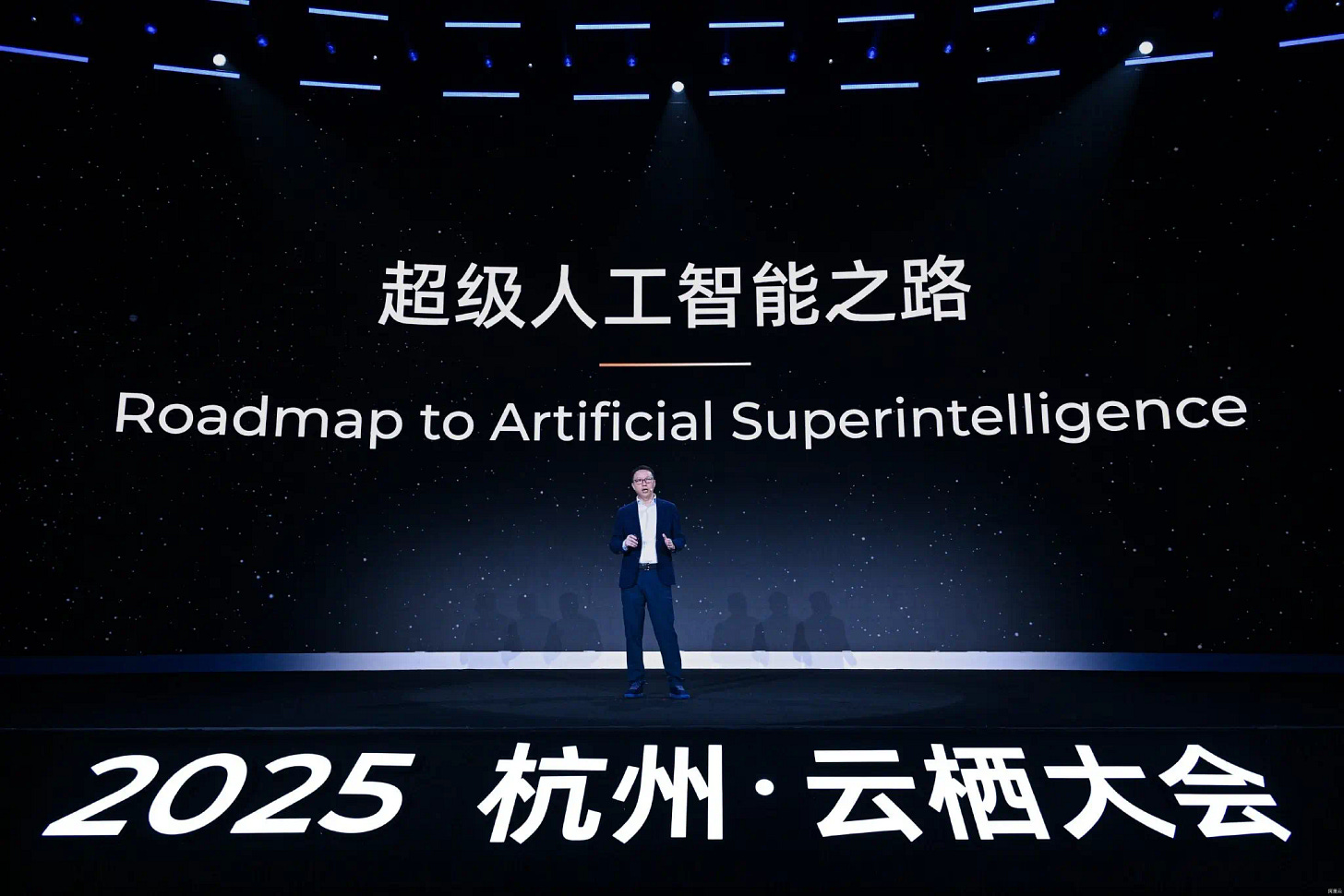
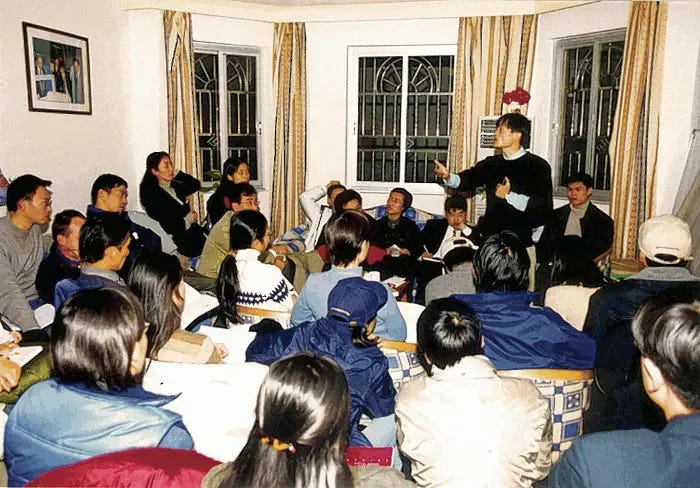
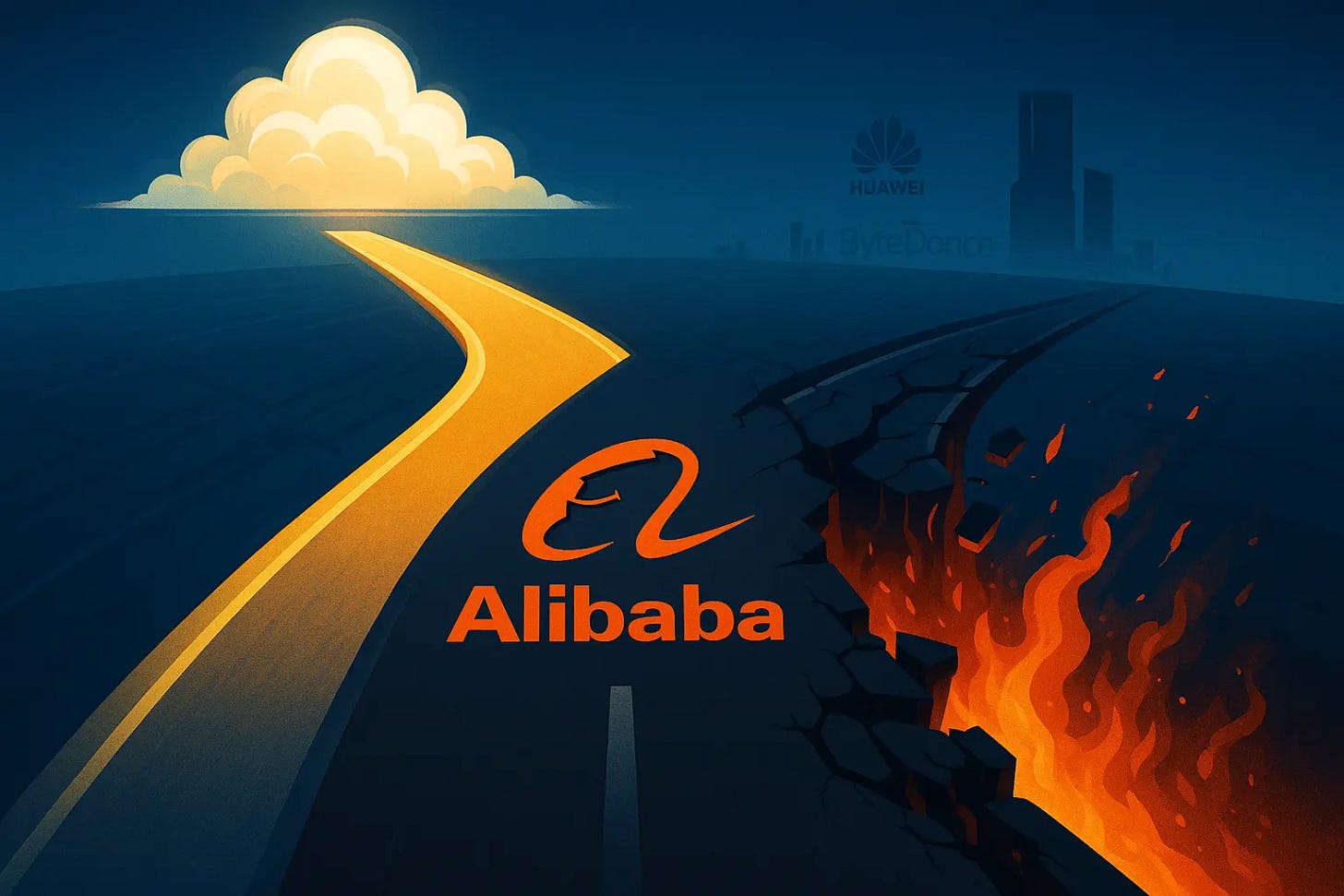

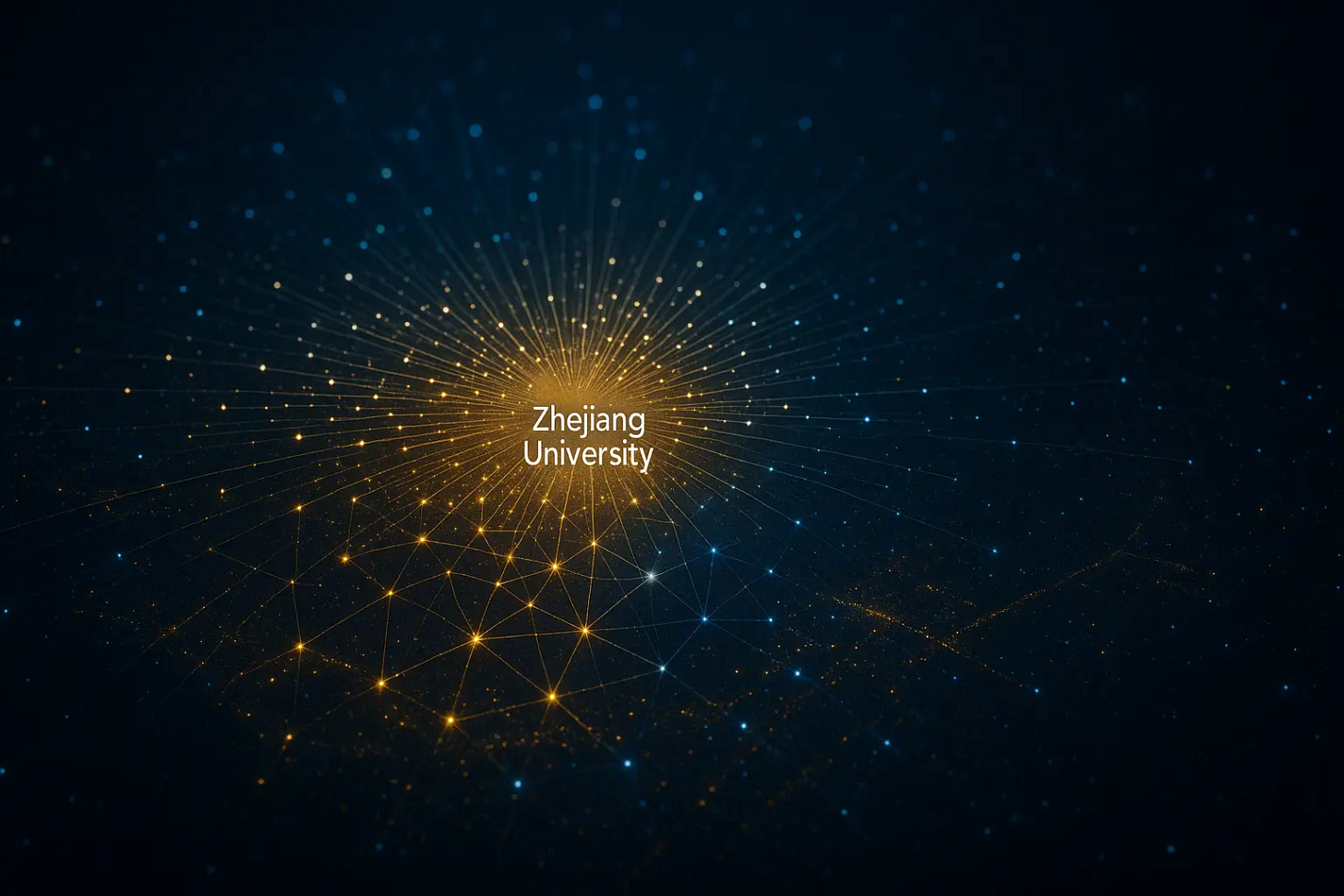

An excellent overview of the strengths and weaknesses of Hangzhou's tech ecosystem.